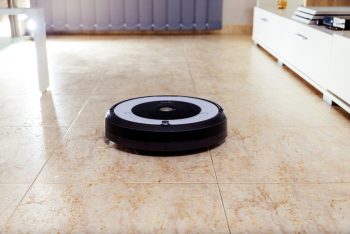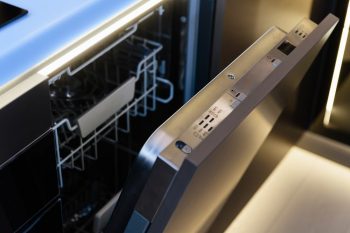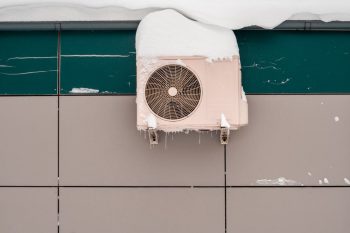
Roomba has revolutionized the way people clean homes since 2002. Because a few decades ago, it was a dream to have a machine that would automatically clean the floors without tripping, stopping, and getting stuck in places. But today, advanced technology has made it possible.
With AI technology, the machine like Roomba is a remarkable invention that does your job of cleaning efficiently. The fascinating thing about Roomba is how it knows when to stop.
Have you ever wondered how it works? What is the technology that tells it to stop?
Roomba is a robot vacuum that uses sensors, vSLAM (Visual Simultaneous Location and Mapping) navigation system, and laser technology to assess the room and stop where necessary.
It has a built-in mechanism with four sensors that prompt the machine to stop.
- Cliff sensor
- Full bin sensor
- Low battery sensor
- Visual Mapping technology
Does this mystery machine fascinates you? Do you want to know more about its mechanism and how these sensors work? Read further as we uncover the latest technology of Roomba that tells it to stop.
The Sensors That Allow Roomba To Stop
As mentioned earlier, Roomba has multiple sensors and technology, making it the most competent tool for cleaning your floors.
Let’s dig in further to see how it stops cleaning and ways to fix it when it won’t.
1. Cliff Sensor
The advanced models of Roomba come with a cliff sensor that keeps it from falling off the stairs or a slope. Infrared beams enable the vacuum cleaner to detect the area and either stop the cleaning or move in a different direction.
This sensor is crucial for the machine’s safety as it can get severely damaged when falling from elevated areas.
2. Full Bin Sensor
Like manual vacuum cleaners, Roomba also cleans the floors and accumulates dust inside the bin. Once the dirt container is full, the sensor alerts the Roomba to stop working until you manually empty the bin.
This sensor is essential for the vacuum cleaner’s more efficient performance and battery life.
3. Low Battery Sensor
Roomba also comes with a low battery sensor that helps it to recharge before exhausting the whole battery. The detector indicates the vacuum cleaner about a low battery, making it stop working.
The Roomba then goes back to the charging station for recharge. Once the machine replenishes its battery, it returns to work.
4. Visual and Mapping Technology
Along with collision sensors, Roomba has a navigation system called vSLAM (Visual Simultaneous Location and Mapping). The advanced technology of vSLAM uses a digital camera and a lens to take photos of the walls, ceilings, doorways, and furniture.
Once the Roomba has a map of the room, vSLAM aids in better cleaning and triggers it to stop working once the whole area is cleaned.
If your Roomba stops working and you cannot find the reason, seek professional help.
It is a machine that can malfunction anytime. Remember that only an expert can look into it and advise you appropriately.
Takeaway
Roomba is a robot vacuum cleaner that is getting better with every new model. Its advanced technology and sensors tell it to stop whenever required. These features help save the machine’s battery life and aids in efficient performance.
The sensors could also indicate a low battery and a full dust bin, making it stop working until the issue is resolved. The efficient mapping technology in the Roomba also helps it learn the room’s map and stop cleaning once the whole area is covered.












